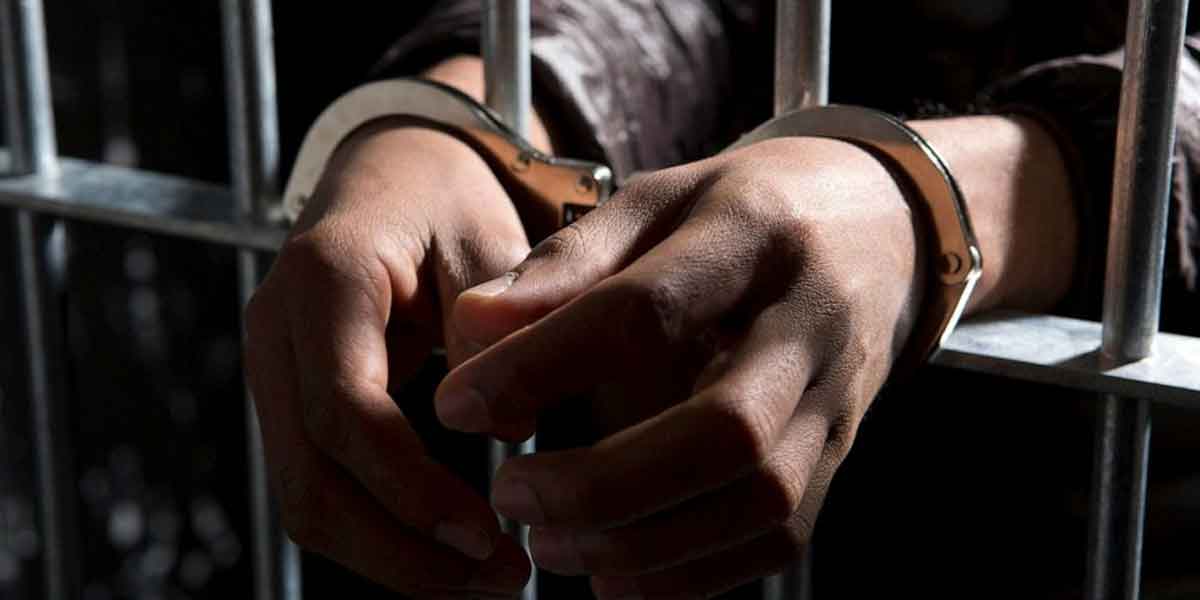By Richard Javad Heydarian
Philippine President Ferdinand Marcos Jr’s maiden visit to China, the leader’s first major foreign trip scheduled for January 3-5, comes in the wake of a pressing infrastructure crisis at home.
Over the weekend, a power outage affected 361 flights and 65,000 passengers at Manila’s Ninoy Aquino International Airport (NAIA), making global headlines and underscoring the depth of the nation’s public infrastructure crisis – a deficiency that China is uniquely qualified to address via its Belt and Road Initiative and other loan programs.
The sudden power outage resulted in long queues and chaotic scenes at check-in counters across the country and beyond, as thousands of Filipinos desperately scrambled to rebook their flights and avoid days-long limbo in one of the most notorious backwater airports in the world.
The airport mayhem underscored an even more fundamental energy crisis in the Philippines. Last year saw massive blackouts across the country coinciding with electricity rate hikes, prompting top business groups to warn of major economic disruptions due to unreliable and expensive power supplies.
The country’s energy secretary has admitted that this year’s outlook will likewise be “difficult”. Moreover, the country’s major source of natural gas, the Malampaya field, is expected to be fully used up by the end of next year. Faced with mounting public debt and inflation, Marcos Jr is desperate for new foreign capital and investment to bankroll his economic program.
To be sure, Marcos Jr has inherited the problem. Back in 2017, the Manila-based Asian Development Bank (ADB) warned of a US$459 billion annual infrastructure financing gap across the region. In the Philippines, the annual spending gap was as high as $11 billion.
That gap is most glaringly seen at NAIA, formerly the Manila International Airport, which was opened 75 years ago. Located close to the heart of Metro Manila, NAIA has had to grapple with suffocating traffic and poor connectivity for decades.
Last year, NAIA rated among the three most “stressful airports” in Asia, according to one global report. NAIA also ranked as the worst airport for business travelers, according to Bounce’s Business Class Index.
“The main gateway to the Philippines, Manila’s airport was the worst scoring for three different categories: its number of destinations, on-time performance, and rating from Skytrax,” the Bounce rating read.
As if poor facilities and services weren’t enough, the Philippines’ main international airport has also been hounded by major controversies in the past decade, ranging from organized bag-snatching gangs to passenger kidnapping rings.
During the Benigno Aquino III administration, whose father’s assassination four decades ago in the same airport prompted its renaming, a so-called “tanim-bala”, or bullet-planting, extortion scheme sparked public outrage. Passengers complained that an alleged syndicate within the airport authority planted bullets in the baggage of unsuspecting passengers in exchange for bribes to be let free.
NAIA’s latest breakdown marks yet another major controversy for the country’s main international gateway. In response, Transportation Secretary Jaime Bautista apologized to passengers, vowing to get to the bottom of the latest mishap.
“This is [an] air traffic management system issue…If you will compare us with Singapore, for one, there is a big difference, they are at least 10 years ahead of us,” the country’s top transportation official admitted.
Among stranded passengers was business tycoon Manuel Pangilinan, chairman of Philippine telecommunications conglomerate PLDT Inc, who tweeted “6 hours of useless flying but inconvenience to travelers and losses to tourism and business are horrendous. Only in the [Philippines]. Sigh.”
The latest NAIA crisis, however, is symptomatic of a deeper crisis that has undermined the country’s economic potential for decades. After years of aggressive and lopsided privatization, largely thanks to public insolvency following decades of corruption under the Marcos dictatorship, much of the country’s economic engines have fallen under the control of major conglomerates involved in alleged monopolistic and duopolistic behaviors.
The upshot has been some of the most expensive utility costs in the world, with only Japan and Singapore having historically higher rates than the Philippines.
Last year, the Philippine Court of Appeals (CA) struck down a power supply agreement of Manila Electric Company (Meralco) and a subsidiary of San Miguel Corporation after the country’s Energy Regulatory Commission ostensibly suspected unjustified price hikes
Rising costs have coincided with unreliable power supplies. Last year, the industrialized northern island of Luzon, the country’s economic engine, experienced massive blackouts after 10 power plants went down.
Between 2016 and 2021, the National Grid Corp of the Philippines (NGCP) issued 22 red and 154 yellow alerts across all its major grids in the country. While coal-fired plants account for more than 50% of electricity generation for Luzon, about 30% is derived from the deep-water Malampaya gas field, which is set to be depleted within next year.
In response to the deepening energy crisis, the Philippine Chamber of Commerce and Industry (PCCI) warned last year that power outages had “become a regular occurrence especially during the summer months when the output of our hydroelectric power plants decrease significantly.”
For the top business group, even “a more pressing concern is our power rate”, since “[i]ndustries such as steel, cement and glass have expressed their apprehension to us over how much electricity rates are forecast to increase as supply for reliable baseload like coal, oil and liquefied natural gas (LNG) are becoming scarce commodities.”
The business group warned that rising electricity costs are also hammering industries and consumers, with the country having “significantly higher [cost] from between 25% to as high as 87% than its Association of Southeast Asian Nations (ASEAN) neighbors, namely Malaysia (87.5%), Indonesia (87.5%), Vietnam (50%) and Thailand (36%).
China, a major stakeholder in the NGCP, is potentially pivotal to addressing the country’s infrastructure bottlenecks and energy crises. In his first six months in office, Marcos Jr has touted China as the Philippines’ “strongest partner” and a “reliable” source of infrastructure development.
The Filipino president aims to maintain infrastructure spending as a share of gross domestic product at historic highs of 5-6%. But with the Philippines facing a 16-year-high debt level and only a dozen of the Duterte era’s big-ticket infrastructure projects completed, Marcos Jr will head to Beijing with hat in hand for new Chinese power generation and infrastructure connectivity investments.
Upon taking office, Marco Jr made headlines by canceling three major Chinese projects due to lack of financing. During his trip this week, the Filipino leader will likely press for greater clarity and tangible investment from the Asian giant.
The two sides are also expected to revisit earlier plans for joint energy exploration projects in the South China Sea, especially with the Malampaya plant set to expire. What Marcos Jr is willing to offer in return, especially amid his warming and expanding military ties with Beijing’s rival Washington, however, remains to be seen.
Follow Richard Javad Heydarian on Twitter at @Richeydarian





















